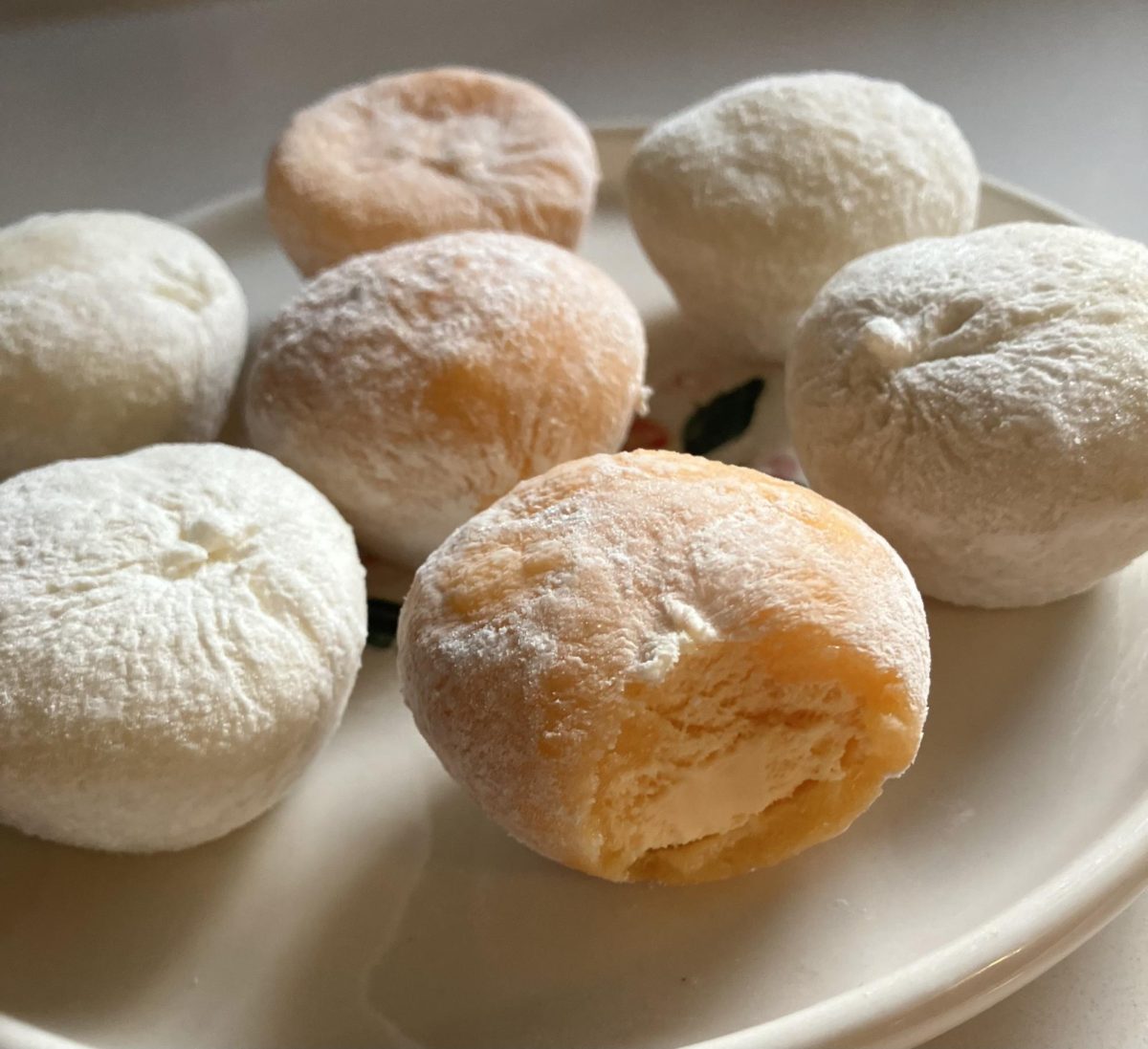What is eaten by 3.5 billion people, grown on six continents, and is even used in the construction of one of the most well-known man-made landmarks in the world? It isn’t a bacteria, molecule, or element; it’s rice. Rice is one of the oldest and most common food staples in the world, and is used in cuisines from Asia to Africa and South America. It is also incredibly versatile, commonly eaten with meat, sauce, vegetables, desserts, or even on its own as a side dish. Each hailing from a different background, three WAHS students shared their personal experiences with cultural foods and this common grain.
Senior Aiden Hanamoto: “There are some foods that I eat that are Japanese based, like fish over rice with specific types of salmon. [Also], New Year’s mochi. I eat a crap ton of mochi. [Whether or not I make it at home] depends on if I have the stuff to make rice flour, but I’ll make rice flour and put ice cream in which is mochi. My favorite is mint. I love mint. I’m addicted to mint.”
What is mochi? Mochi is a Japanese food made out of mochiko (glutinous rice flour) or cooked and kneaded mochi rice. It is traditionally made by steaming the rice and pounding it using an usu and kine, a large wooden mortar and pestle. The process of kneading the rice in this manner is a skill that takes extensive practice and trust between the person hammering the rice with the kine and the person folding and moving the dough with their hands, since the latter can easily be injured if they are not in sync. It can also be made in less traditional ways using a microwave, or purchased at many Asian groceries. The resulting mochi is soft and chewy, and can be either savory or sweet. Most commonly, it is filled with red bean paste or ice cream for a unique dessert, or as ozoni, a dish served as part of a soup similarly to gnocchi or dumplings.
Sophomore Nengai Mollel: Back home in Tanzania, we only eat meat and milk. That’s pretty much it. We don’t eat that much. In America, we have burgers and fries, but we [Tanzanians] only eat cows’, sheep’s milk and what’s called ugali. It’s basically cornstarch with water and then you just eat it with other stuff… I love eating pilaf. It’s a dish with rice, beef, tomatoes [and] a lot of seasoning and stuff like that. It was really good. My mom always makes it on a cold day, she makes it for us when I’m feeling bad or when we feel sick.
What is pilaf? Pilaf or pilau is a seasoned rice dish common across southern Europe, Asia and Africa. It varies from culture to culture, but often is spiced with cinnamon, cardamom, cumin, and cloves. It can have meat or vegetables added to become a main dish. The consistency varies, with some areas preferring it to be sticky, soupy, dry, or soft. In Africa, pilaf bears some similarities to other rice dishes like jollof or bariis iskukaris. In terms of additions, tomatoes and meat are popular.
Freshman Valeria Coronado: All of the rice I eat is basically as a side, but my mom makes it look a certain type of way. So it would be like orange rice, birria–which is one of my favorite foods–and then beans. I would eat it almost every day. My mom cooked a lot of [different] foods for a wedding, so we had a lot of leftovers. Back then, I remember we’d eat a lot of it.
What is birria? Birria is a Mexican meat dish typically made using beef, mutton, chicken, or goat. It is similar to a stew, with the meat being cooked in broth after marinating in an adobo [a method of seasoning meat where the meat soaks in a spiced broth before cooking]. Once cooked, birria is served in tacos, on bread, or on its own. The most common seasonings for the adobo include chiles, garlic, cumin, and thyme. The dish was named when Spanish conquistadors were served meat cooked with traditional Indigenous methods and called it ‘birria’, meaning worthless or useless. Despite how the conquistadors looked down on the dish in the past, the research firm Datassential reported that birria had grown in popularity and appeared 144% more often on menus from 2018 to 2022.




